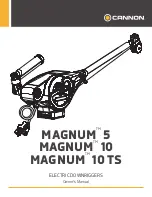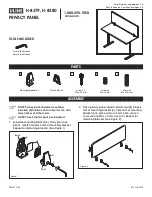
8.7 Vent Requirements Outside the Magnet Room
The customer is responsible for design, construction, and maintenance of all cryogenic venting
materials outside the Magnet room from the shielded room waveguide to the vent cap.
8.7.1 Cryogen Vent Support
1. The venting system (including supports) must be sized to withstand 1850 lbs (8229 N)
helium flow reaction force at vent elbows
2. The customer supplied dielectric break must not be used to support the outside cryogenic
vent pipe
8.7.2 Vent Construction
1. GE Engineering recommends that the cryogen vent be constructed to the same specification
as required inside the Magnet Room.
2. The vent must be routed as directly as possible to the vent cap (i.e., venting system external
protective cover)
3. Expansion/contraction elements must be provided for temperature decrease from ambient to
4.5 K (-451°F or -268 °C)
4. A dielectric break must be installed adjacent to the waveguide
a. The dielectric break gap must be 1.0 ± 0.25 inch (25 ± 6 mm)
b. A customer supplied clamp may be used to connect the dielectric break
c. The dielectric break must be accessible for inspection or maintenance
5. All components must be rated to withstand the helium flow reaction force at temperatures
from ambient to 4.5 K (-451°F or -268°C)
6. Electromechanical fire dampers must not be used. Fusible link fire dampers may be used
(with annual inspection)
7. Vent cap must prevent ingress of weather elements (e.g., rain, snow, hail, sand, etc.) and
foreign material debris (e.g., leaves, bird nests, etc.)
8. Condensate must be prevented from pooling inside any section of the venting system (e.g.,
downward tilted vent system or local minima with weephole)
SIGNA Voyager Pre-Installation
Direction 5680008–1EN, Revision 2
90
8 Magnet Room Venting Requirements
















































